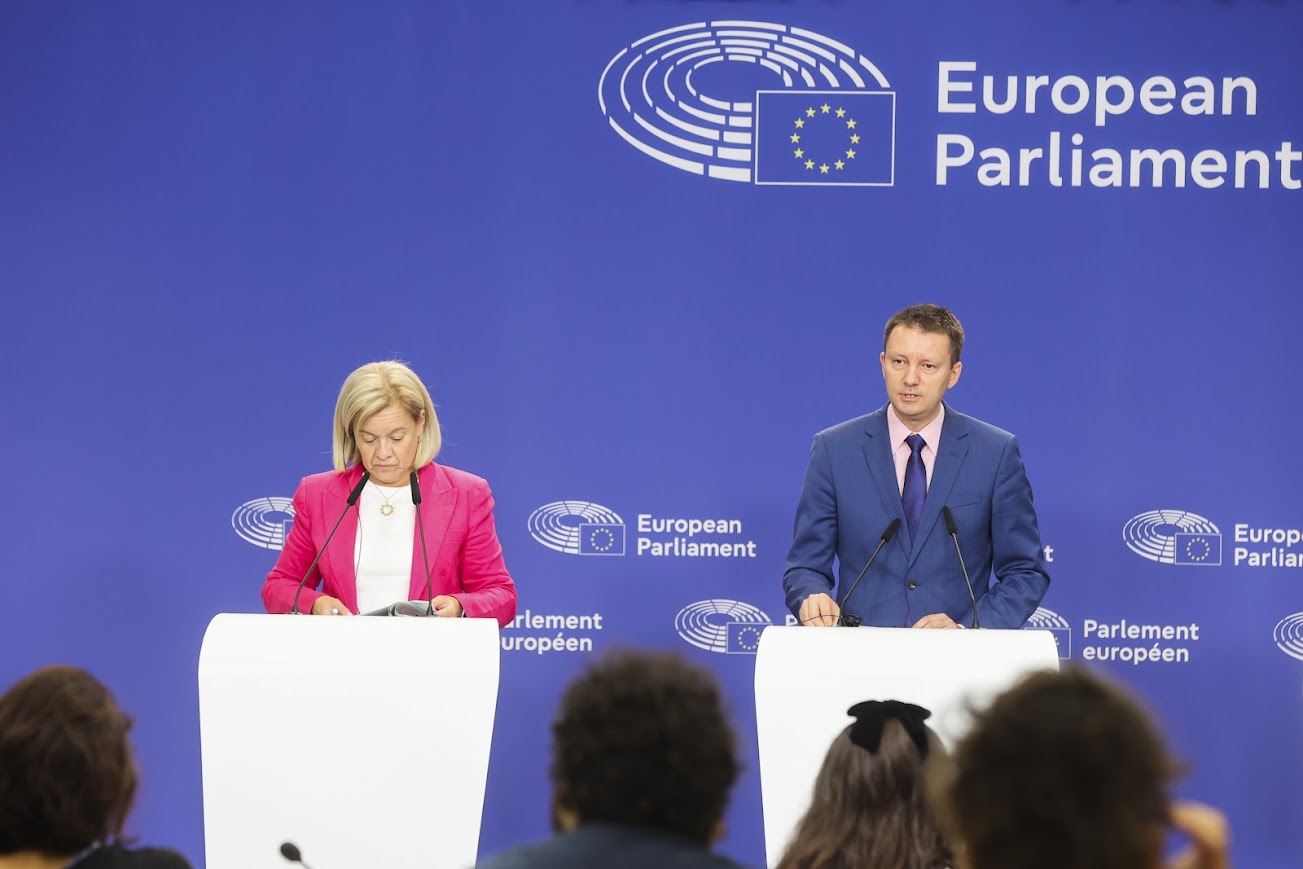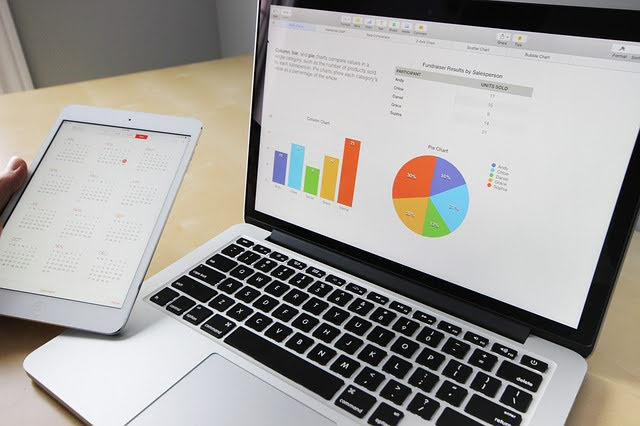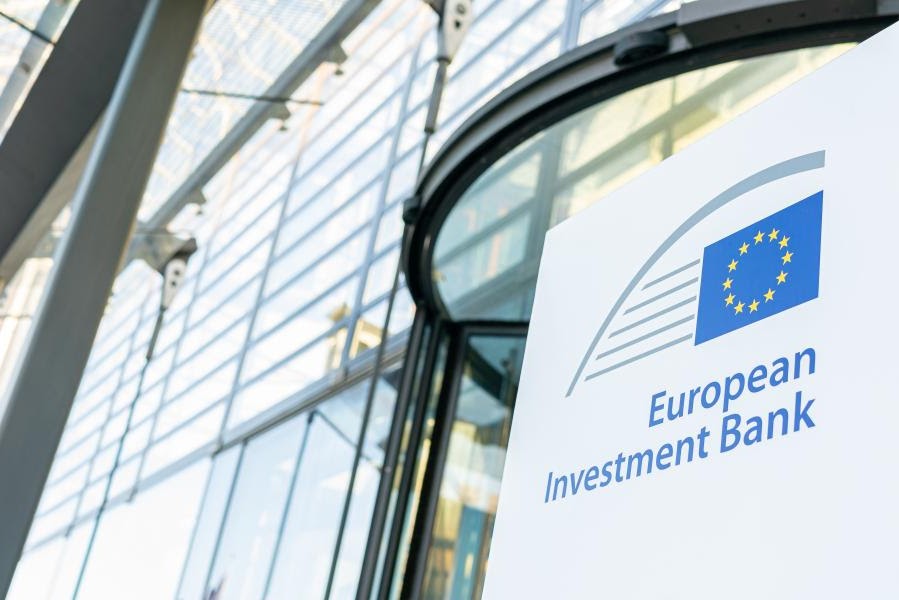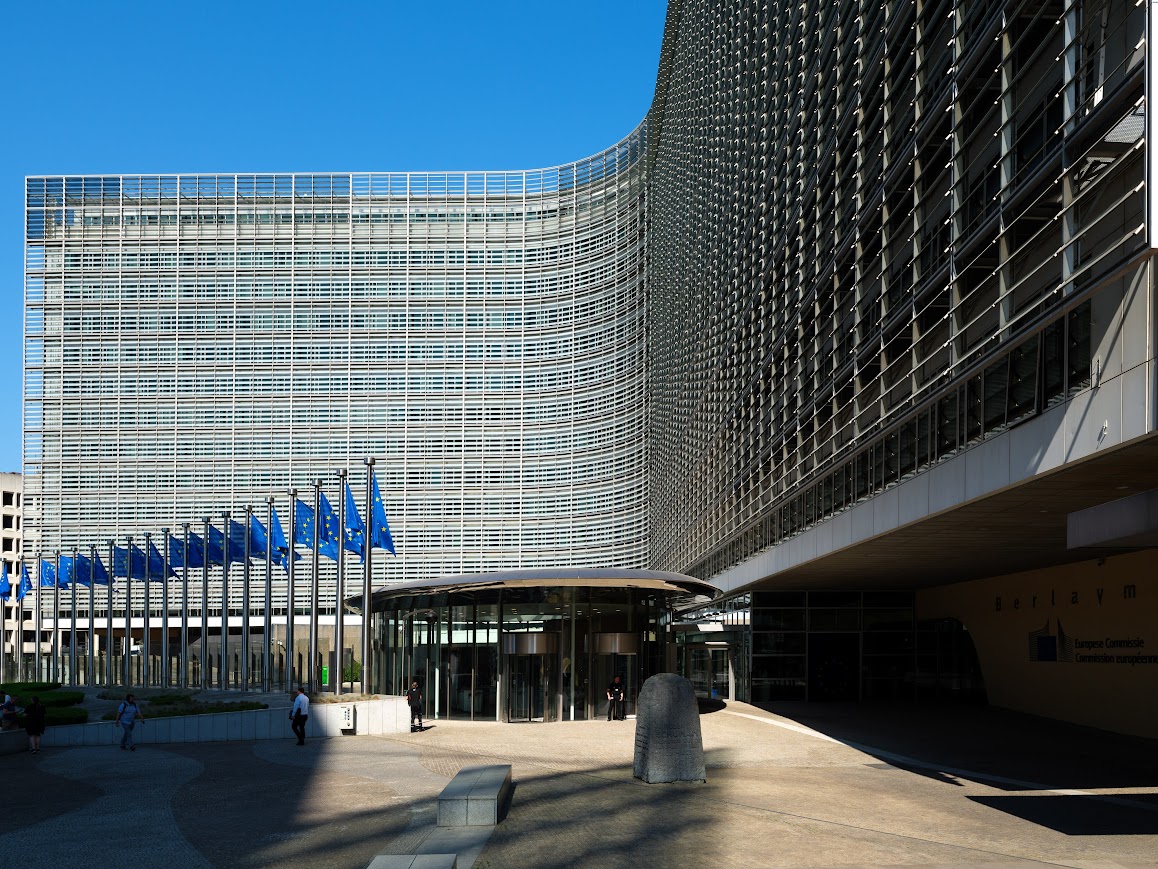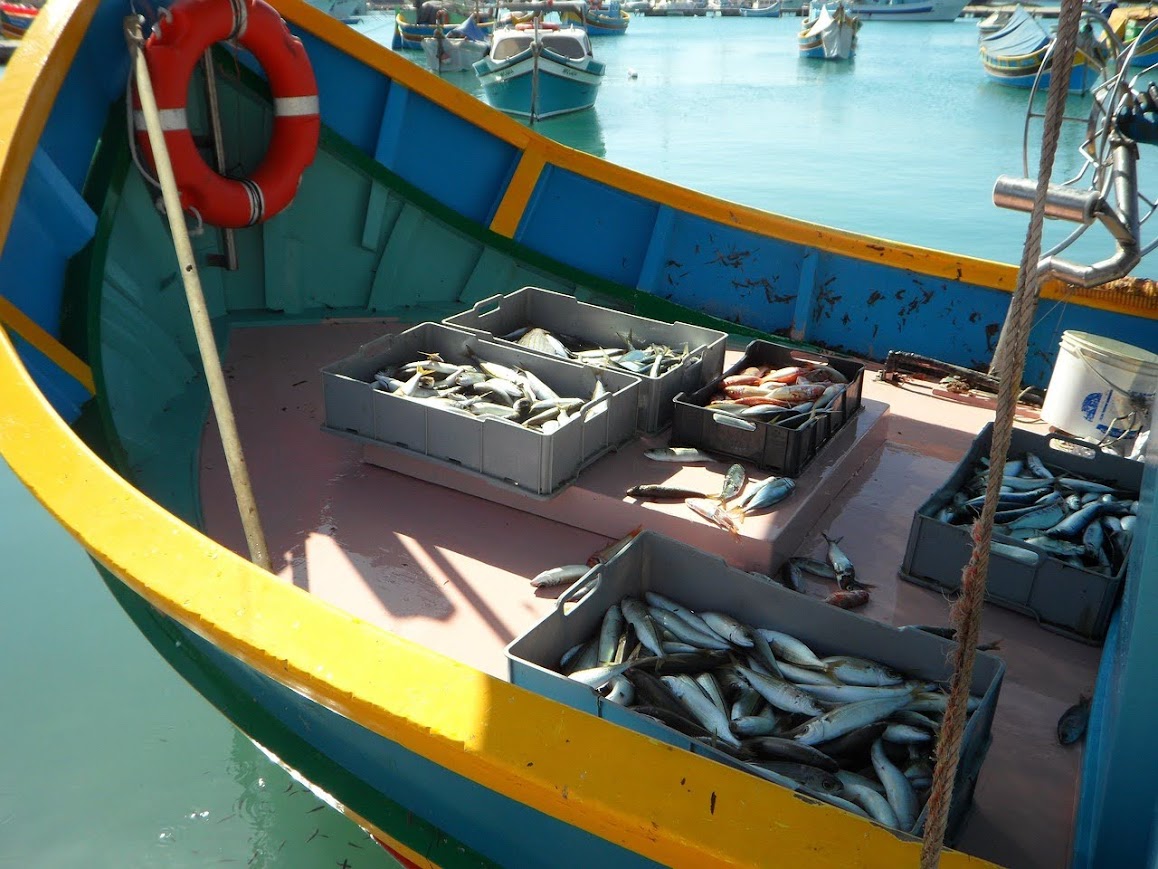Twin Cities: il programma di gemellaggio della EU Cities Mission
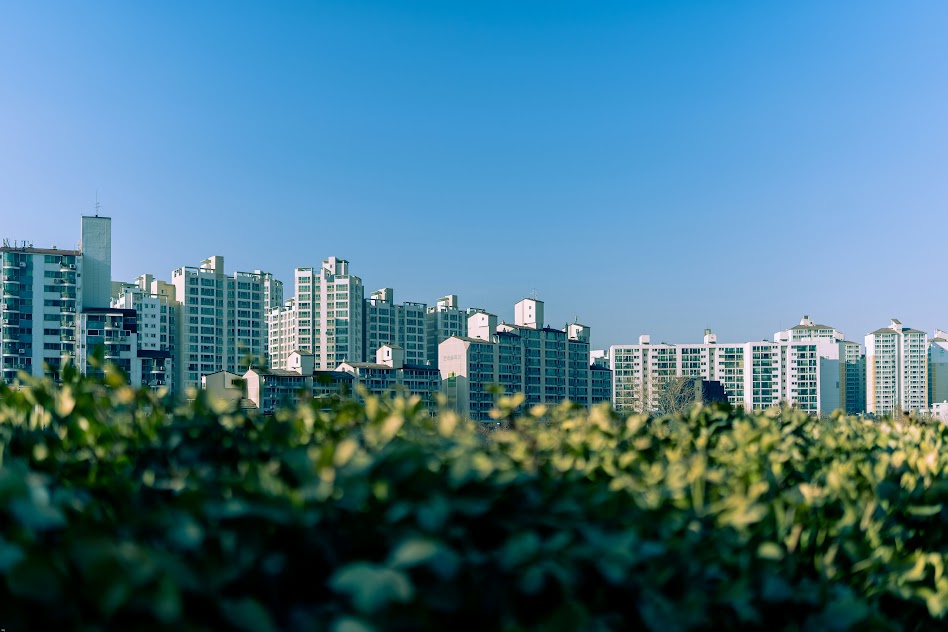 C’è tempo fino al 12 settembre per partecipare alla manifestazione di interesse lanciata dalla EU Cities Mission per partecipare a un nuovo programma di gemellaggio e apprendimento, la Call for Twin Cities. Obiettivo dell’iniziativa è contribuire a rendere le città europee climaticamente neutrali e “intelligenti” (“smart cities”).
C’è tempo fino al 12 settembre per partecipare alla manifestazione di interesse lanciata dalla EU Cities Mission per partecipare a un nuovo programma di gemellaggio e apprendimento, la Call for Twin Cities. Obiettivo dell’iniziativa è contribuire a rendere le città europee climaticamente neutrali e “intelligenti” (“smart cities”).

